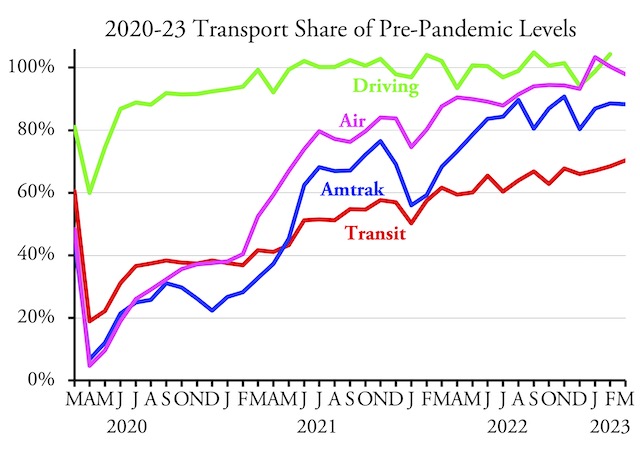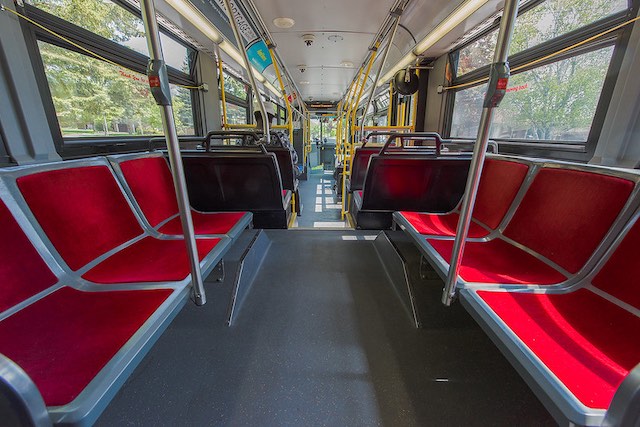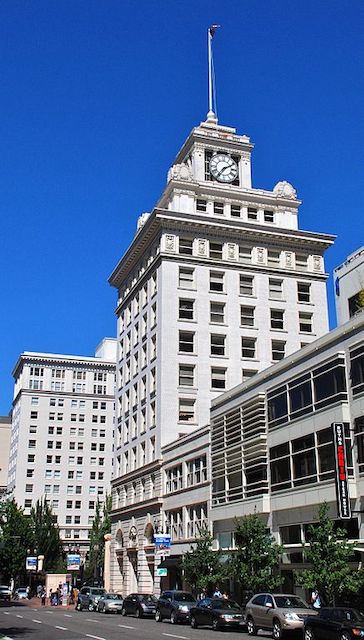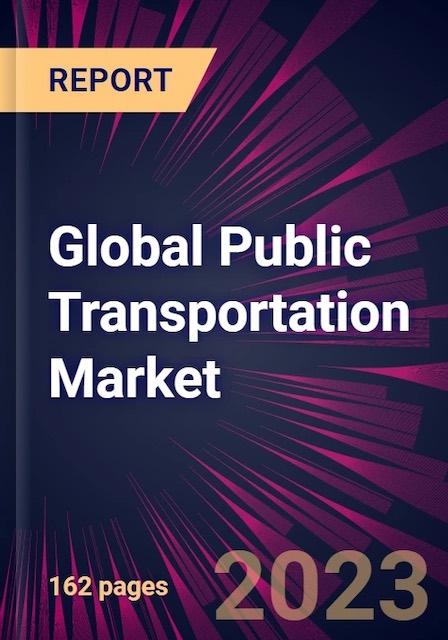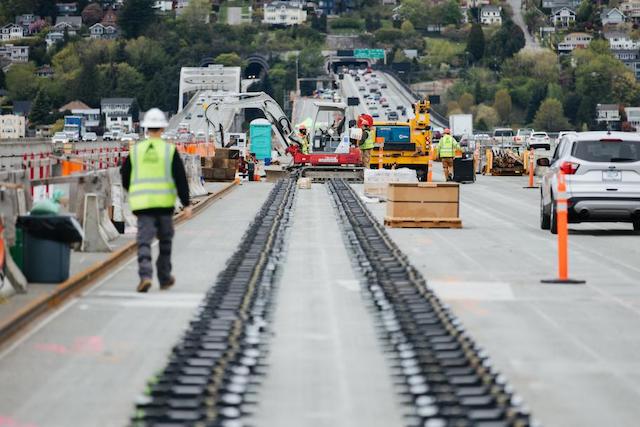David Zipper, who has a master’s degree in urban planning, writes on Vox about how transit agencies need to save themselves from a fiscal cliff. To do so, he says, they must “secure new and reliable revenue streams from state and regional sources.” To convince skeptical members of the public they need to provide those revenue streams out of their taxes, agencies need to “demonstrate an ability to replace car trips, not just serve economically disadvantaged people,” because only by replacing car trips can they prove they are “curtailing congestion, reducing auto emissions, and boosting economic growth.”
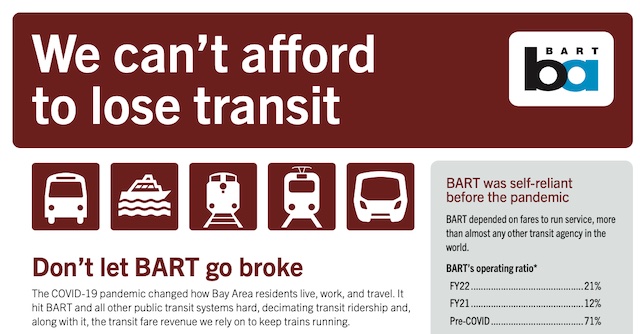
BART’s plea for more subsidies falsely claims that “BART was self-sufficient before the pandemic” when its own data show that fares covered only 71 percent of operating costs and zero percent of capital costs.
Yet Zipper never really says why we need to save transit. He claims that transit has been “indispensable” for major metros, but what he really means is that it is indispensable for major downtowns such as Chicago, Philadelphia, and San Francisco. In reality, the only metro area for which transit is truly indispensable is New York, and if it is so indispensable there, then New Yorkers should be the ones to pay for it. Continue reading →


